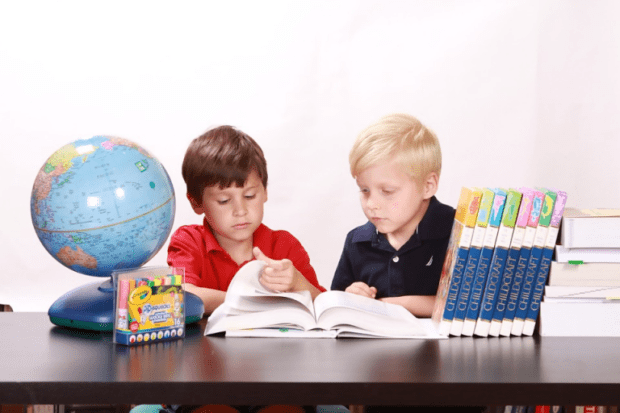The Most Progressive Educational System in the World
Times are constantly changing. While some people run from these changes, others embrace it and become trendsetters. In education, Finland is home to one of the most progressive education systems in the world. They were dissatisfied with student performance and instead of placing blame, they worked to find a solution. Their students benefited from the new systems, as mentioned in a paper by Weekly Essay. Here’s a look at how they are getting it done.
Current Trends in Education
Many societies follow the Western-based model of learning. This model emphasizes student performance and focuses more on what a student learns, rather than how they learn. There is also a heavier emphasis on repetition, homework, and testing.
The Western model also does not take a student’s individuality into account or their performance in the arts and humanities. This model has been under scrutiny in recent times. One of the countries that has changed for the better, developing the most progressive education system in the world, is Finland.

Finland’s Schooling Years
Prior to age six, Finnish children may go to daycare or stay home with their parents. They are allowed to enter preschool or kindergarten at six. Some kids do not enter school until age seven. The basic Finnish education is just nine years long, so students graduate at 16. Then, students can receive a general or vocational education. After this, additional schooling may be needed for some career fields in the form of college.
Major Differences in Finnish Education
In addition to school not beginning until age 7 for Finnish students, there are several elements that contribute to the overall effectiveness of their learning programs. Their focus in these areas has allowed them to become the most progressive school system in the world.
Availability of Schooling
Finland’s network of schools is placed to allow most students access in their general area. Transportation is also provided in rural areas, where students might otherwise struggle getting to their school.
Homework is More Important Later
Students become discouraged when they are forced to spend hours on homework every night. Instead, Finnish educators wait until children are in their teens before assigning homework.
Testing is Minimal
Students take many standardized tests in Western-based education systems, which causes educators to focus more on teaching this material. In Finland, a more comprehensive learning technique is used. Students also only take one standardized test—the school year they turn sixteen and exit school.
Students Aren’t Burnt Out
In Finland, 66% of students choose to go to college after graduating—a higher rate than anywhere else in Europe. This high number might be from shorter Finnish schooling—nine years instead of twelve. Since they aren’t burnt out, students are more likely to continue their education.
Teachers Are Treated Better
When teachers are treated well, their effort can go into teaching their students. In Finland, educators spend at least two hours each week on professional development. They also only have to work four hours per day in the classroom.
So, how is the most progressive educational system doing? In the recent decade, Finnish students have excelled in areas like math, reading, and science compared with students around the world. Their high school boasts a 93% graduation rate. Teachers prepare their students for the real world and help them learn in a way that is effective. Students are rarely held back and test scores aren’t as important. It leads to a happier, more productive form of schooling. As Finland has set the example and embraced the change, it is only a matter of time before other schools notice the improvements and begin the necessary educational shift toward more progressive learning.
